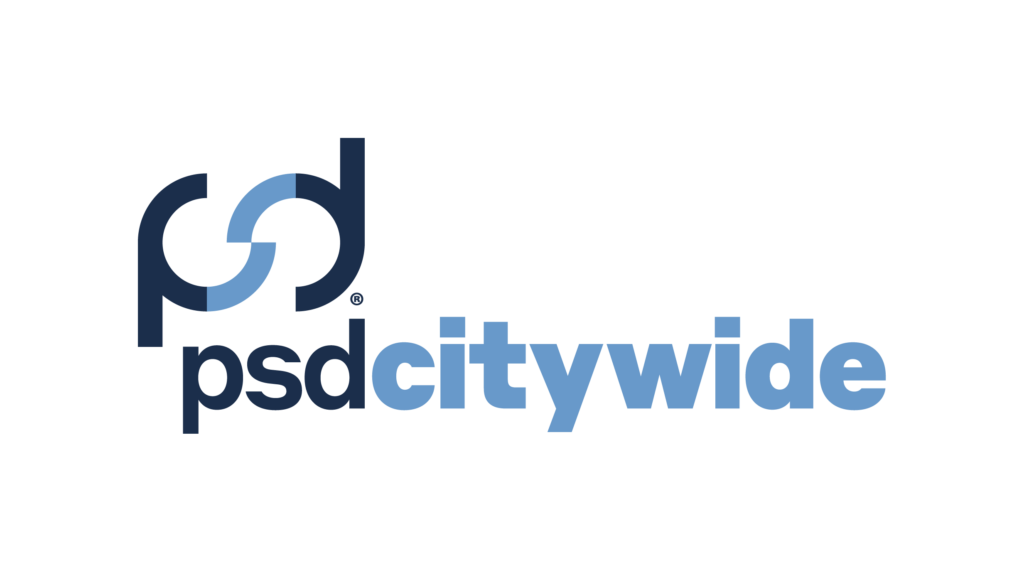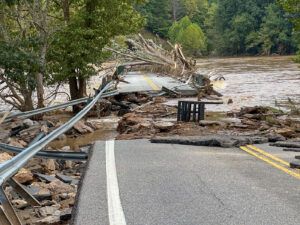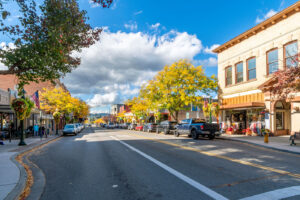The Covid-19 pandemic has dramatically changed everyday life and has had varying impacts on the population. An unprecedented number of workers and small-business owners have lost their jobs, and many are struggling financially. Front-line workers are bravely working in an environment that is a risk to their own personal health to prioritize the public’s health. Families are disconnected and people are isolated. As we experience the impacts of the Covid-19 pandemic in diverse and distinct ways, we all look to one thing as we navigate this uncertain time: information.
Having data to help analyze and understand the Covid-19 pandemic is crucial to navigating the steps that will help flatten the curve, providing decision-makers with data-driven insight that better informs social distancing measures and allocation of resources. Data also aids in helping the public better follow Covid-19 trends, which provides much-needed relief to those trying to understand what is happening, and maybe more importantly, what can be projected to happen in the next days, weeks and months to come.
Collecting data is only half the battle. Disseminating and making data available is core to ensuring that data is used most optimally and has the greatest potential. PSD’s Sloane Sweazey spoke with Matt Eason, coordinator for the City of Ottawa’s open data program, to discuss the role of open data during a state of emergency such as the Covid-19 pandemic, and to learn of the ways that his team is making Ottawa’s Public Health (OPH) data more freely accessible and useable.
Open data serves as a support and transparency function insofar that by putting the data on an open platform, it empowers community stakeholders to have knowledge and insight into what is happening and help them understand why both political and public health leadership are making the decisions they are.
1. What is the role of open data during national emergency events such as the COVID-19 pandemic?
The open data team definitely serves as a support function – when you look at what OPH and staff at various health facilities have to do, there is a tremendous amount of effort and organization required. We are a small piece of that. We are trying to surface some of the information that decision-makers are using to allow the public to see what is feeding into their decisions. I think it is interesting when we saw the provincial government share some of the modeling scenarios that they had done which previously were not being shared. Doing so speaks to this idea that ultimately you get better outcomes and get better compliance with requests and directives if people understand why they’re being asked to do certain things. Ottawa’s Open Data program can support that effort to empower people with information and hopefully help people to understand the objectives that are being set for us.
I think the primary value of open data is in its ability to be a single platform for a variety of data and information related to the pandemic that is easily accessible to the public. In many cases, it is both cross departmental from within the City as well as cross jurisdictional across governments; health care is the domain of the province, but the City of Ottawa manages a lot of long-term care facilities and various other health facilities such as local public health units. The Province is looking at provincial statistics, whereas Ottawa is trying to hone into what is happening inside our city. We want to surface that data but also provide data that may be relevant to the daily lives of Ottawa residents such as restrictions in public parks and updating both our open Traffic Map as well as providing data to third party navigation tools like Waze and Apple Maps.
Open data serves as a support and transparency function insofar that by putting the data on an open platform – Open Ottawa – it empowers community stakeholders to have knowledge and insight into what is happening and help them understand why both political and public health leadership are making the decisions they are.
2. What functionality does open data not fulfill during a state of emergency?
The first priority for a lot of these organizations providing this data are responsibilities for sourcing safety equipment for their staff, or addressing the immediate health needs of their clients or their communities.
Yes, open data is important, but in the sequence of priorities, it is an opportunity to draw inferences over time and analyze things over time, but it really shouldn’t take precedence over the immediate response requirements. If anything, it should be supporting those requirements.
3. Have there been other events that required the attention of the open data team at the City of Ottawa?
Obviously, we have never as a team experienced an emergency situation like this one, so today’s environment is of course unique. That said, we did have an emergency declaration in Ottawa last spring while dealing with some severe flooding issues and we put some work into providing the floodplain map onto Open Ottawa.
We’ve created an app that provides residents with a residential lookup tool matched to the floodplain to help them understand their risk.
4. Are there going to be new processes and systems in place that would highlight how to address a pandemic such as this in the future?
The thing about a flooding season is that it comes to a definitive end at which point as a City we’re able to look back and determine what responses were successful, what data was most useful and relevant, and how we might present it differently during the next season to make it as useful as possible for the public. I think in the case of the COVID-19 pandemic, it’s going to be an evolving situation, where the needs and the context are going to change over time and there will continue to be restrictions on certain activities for an undetermined length of time.
For open data, it’s an opportunity to have a continuing conversation as the context changes and different measures are required. We’re happy to be working directly with OPH and a number of City departments who are making important decisions and to bring forward ideas of ways we can share some of this information with people.
5. Describe the projects your open data team is currently working on.
When OPH and the City of Ottawa opened the public testing facility at Brewer Park, we wanted to get that information out on our traffic map so that people would be able to find it easily. In addition to the City’s open traffic map, we worked with our partners such as Waze and Apple Maps to allow for those that are using their applications to be able to type in “Covid” and quickly find the location of the testing facility.
We’re also a border city with Gatineau, Quebec, so we wanted to consider ways to communicate with residents around whether they are able to freely cross provincial borders or not. During the course of the pandemic so far, different restrictions have been put in place for cross-border traffic, and we have indicated those checkpoints via the City of Ottawa’s traffic map. These checkpoints have an impact on the local population who often cross the borders regularly – both sides of the border make up an integrated economic ecosystem.
We are trying to communicate to people via traffic maps to minimize as best we can confusion and frustration around that. We’ve updated the metadata for the city parks dataset to include a link to the rules in place for parks to make sure that those who are using that data have easy access to the latest information from the City on how those parks can be used.
And lastly, we have been working directly with OPH to get their information and data into the public domain. They have been posting high-level information on their website already, so for them, this is an opportunity to leverage the Open Ottawa platform to make it even easier for the public to work with that data. It allows people to see how that data evolves over time and to map some of that data as well.
6. Can you provide a list of datasets that OPH has provided to Ottawa’s open data program?
Current as of May 15:
1. Long-Term Care Facility Covid19 Outbreaks
2. Hospital, Retirement Home, and Group Home Covid19 Outbreaks
3. COVID-19 Hospitalization Data for Ottawa Hospitals
4. COVID-19 Ottawa case and death daily count data
5. Data tables for Public COVID-19 Maps
7. Besides being a visual tool to follow COVID-19-related health trends, in what ways do you expect users to utilize the OPH datasets, either now or in the future?
From an open data perspective, some of our most frequent users are students and academia who may be able to leverage our data for future research and studies, engaged Ottawa residents who want to understand what is happening in their communities, and journalists and the media looking for background data for their reporting.
MATT EASON is a coordinator for the City of Ottawa’s Open Data program, working with municipal departments to help them format and release their data for public consumption. He also liaises with stakeholders to identify community data needs and promotes partnerships with local NGO’s and educational institutions to leverage the City’s open data for community benefit. Prior to joining the Open Data program, Matt worked for the City of Ottawa’s Economic Development team where he was responsible for the design, launch and administration of the Innovation Pilot Program (IPP) and co-authored the City’s Smart City 2.0 Strategy.
SLOANE SWEAZEY, MA completed her master’s degree from the University of Guelph in Political Science, specializing in Canadian Public Policy.



